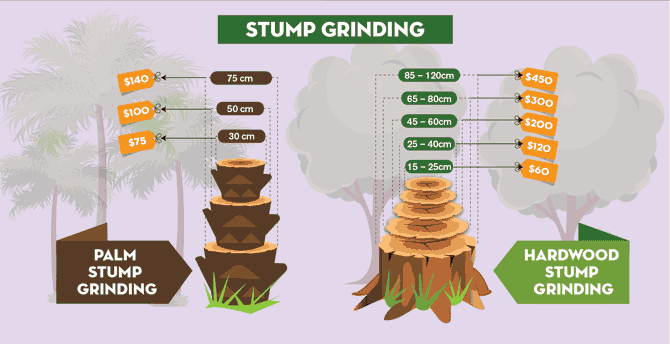Signals That It's Time To Remove A Tree: Identifying Unsafe Trees
Signals That It's Time To Remove A Tree: Identifying Unsafe Trees
Blog Article
Material Writer-Harper Cormier
When it comes to tree treatment, recognizing the signs that it's time for removal is crucial for your security and property. You may discover tarnished leaves, wilting branches, or weird fungal developments showing health issue. Structural problems, like a considerable lean or splits in the trunk, can additionally position threats. Comprehending these warning signs can help you make educated decisions regarding your trees and stop potential dangers hiding in your backyard. What should you look for next?
Indicators of Decay and Disease
When you see indications of decay and disease in your trees, it's crucial to act quickly. Look for discolored fallen leaves, wilting branches, or uncommon growths like fungi. These can show that your tree is battling.
If you see cracks in the bark or soft, mushy wood, these signs recommend inner degeneration. Furthermore, an abrupt boost in pests around your tree can indicate that it's damaged and at risk.
Check for Tree Removal Services or dying limbs, as they position a danger to your property and safety and security. If you doubt concerning what you see, consulting an arborist can offer clearness.
Attending to these indications early can save you from much more comprehensive damages and make sure the wellness of your yard. Don't wait up until it's far too late.
Structural Instability and Leaning
As you observe your trees, watch out for any type of signs of architectural instability or leaning. If learn here leans dramatically, it might indicate that the root system is jeopardized.
Seek any kind of fractures in the trunk or dirt around the base; these can signal prospective failing. Furthermore, check for uncommon growth patterns, like a lopsided crown, which may suggest that the tree is having a hard time to hold itself upright.
If you observe that the tree leans toward your home, high-voltage line, or various other frameworks, it presents a higher threat. Do not ignore these indications-- consult an arborist to assess the scenario.
Doing something about it early can protect against costly damages and guarantee your safety and security.
Dead or Perishing Branches and Foliage
If you observe dead or dying branches and vegetation on your tree, it's a clear indication that something's wrong.
These harmful areas can show underlying problems like condition, parasite problems, or environmental stress and anxiety. When branches lose their leaves or turn brownish, they're no more adding to the tree's wellness. Overlooking these indications can lead to additional decrease, making your tree much more dangerous.
How To Trim A Weeping Cherry Tree can quickly break off throughout tornados, posturing a risk to property and individuals close by. It's essential to analyze the extent of the damage.
If the problem influences a substantial part of the tree, think about seeking advice from a specialist. They can help figure out if elimination is required to make sure safety and security and keep the appeal of your landscape.
Conclusion
If you see any kind of indications of decay, structural instability, or dead branches on your trees, do not ignore them. These signs can present major safety threats to you and your home. It's always best to speak with a professional arborist that can provide an expert assessment of your trees. Taking action early can avoid crashes and pricey damage, guaranteeing your landscape remains safe and healthy. Keep in mind, it's far better to be proactive concerning tree care than to wait for a catastrophe to take place.
